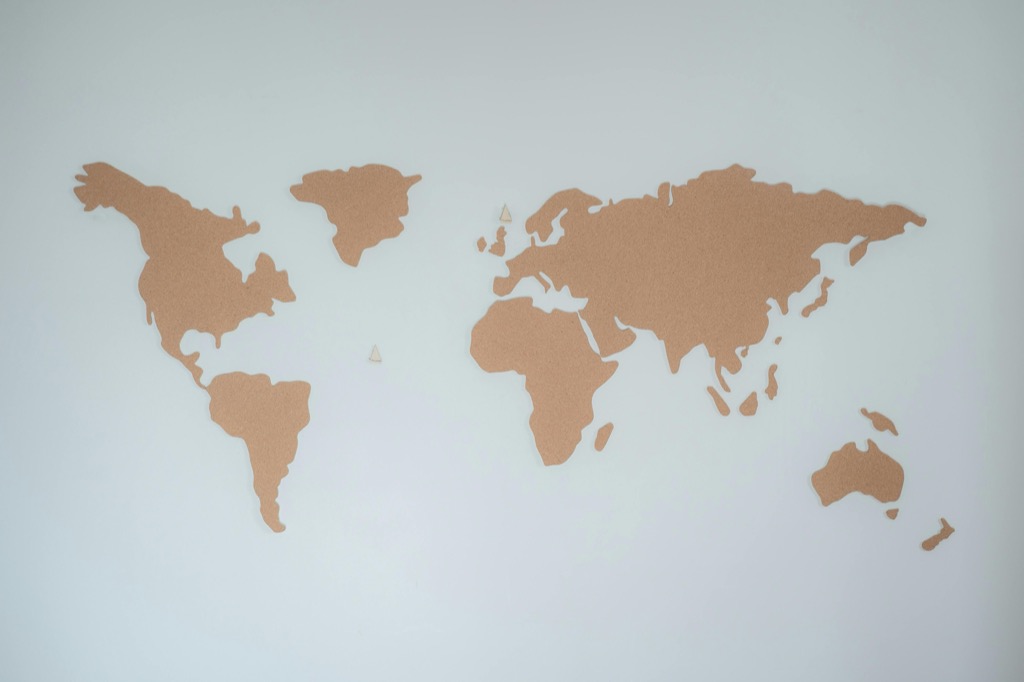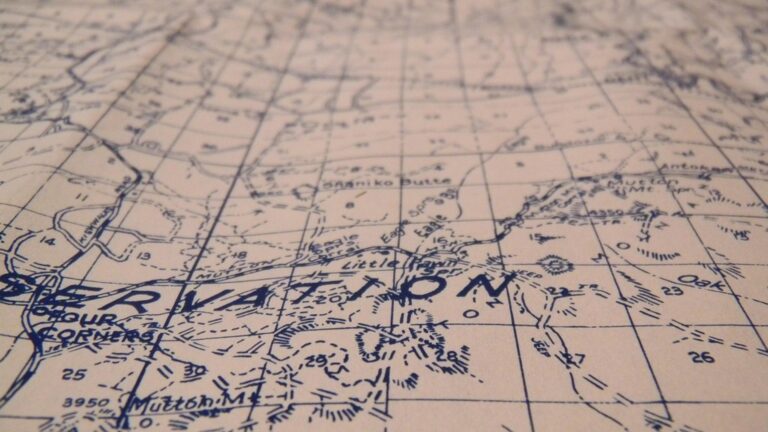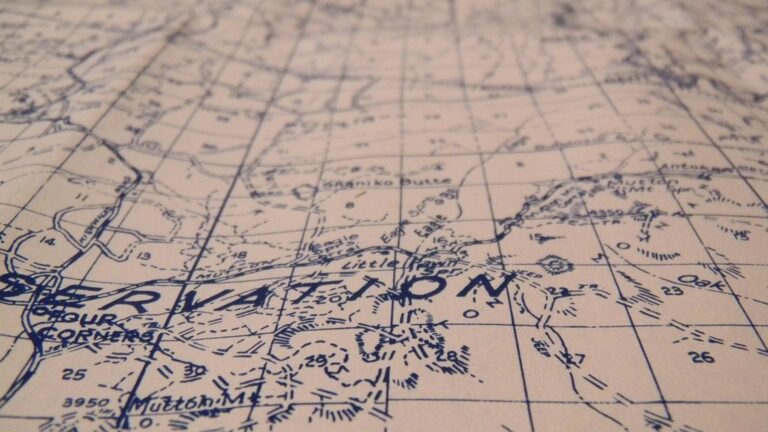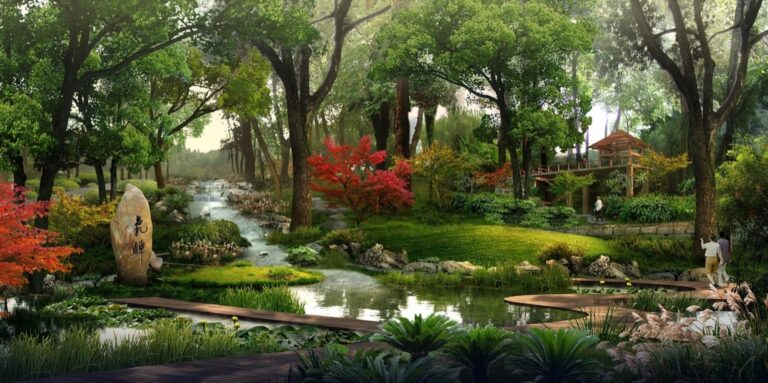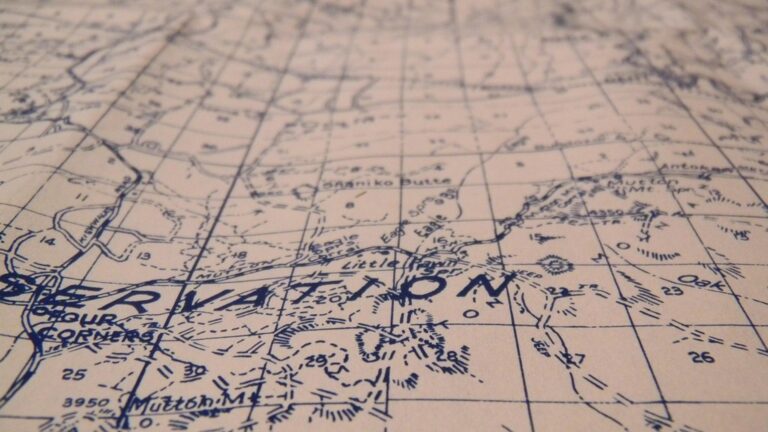7 Stunning Cartographic Art Pieces to Discover Now
Imagine a world where geography and artistry intertwine, creating visual feasts that map our planet in unique and thought-provoking ways. Cartographic art does just that, marrying the precision of maps with the beauty of artistic expression.
Cartographic art is not just about depicting the world; it’s about reimagining it. This niche combines the age-old practice of mapmaking with contemporary art, resulting in pieces that are both informative and visually stunning. It’s where artists take the raw data of our world and transform it into something that resonates on a deeper, aesthetic level.
For centuries, maps have guided us, telling stories of discovery and exploration. Today, they continue to capture our imagination, but through a different lens. Cartographic artists push the boundaries of traditional maps, using them as canvases to explore themes of culture, identity, and the environment.
In this journey through cartographic art, we’ll discover maps not just as tools, but as works of art in their own right. Each piece invites us to see beyond the lines and colors, to the stories and dreams they represent. So, let’s dive into seven stunning cartographic artworks that are sure to shift your perspective on the world.
Disclosure: As an Amazon Associate, this site earns from qualifying purchases. Thank you!
1. The World in Watercolor
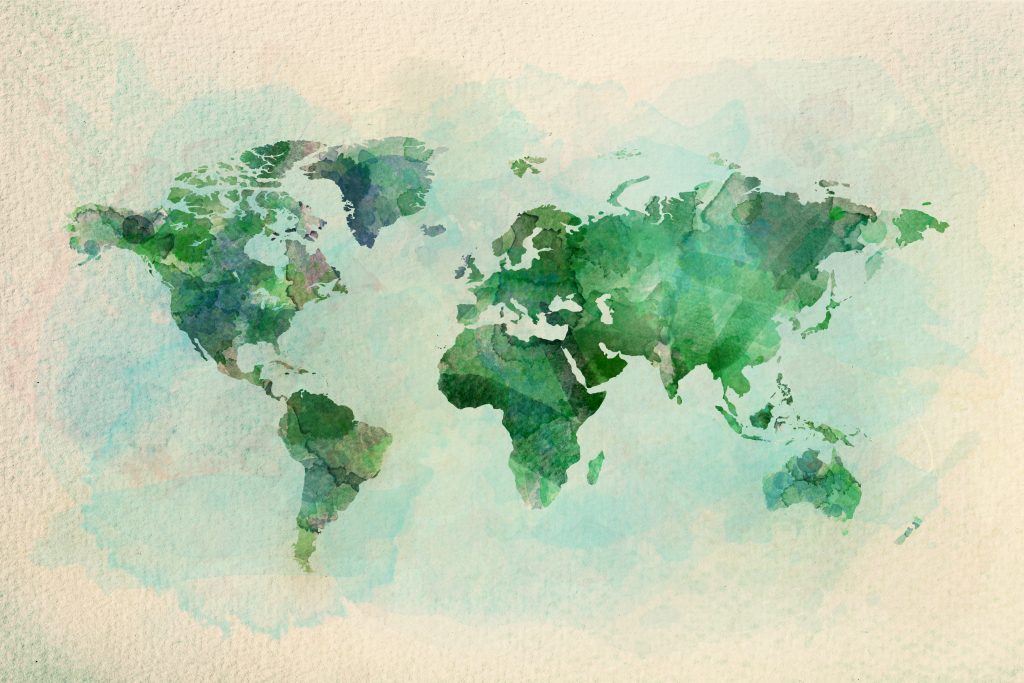
There’s something about watercolor maps that feels like you’re looking at the world through a rain-streaked window—dreamy, ephemeral, and full of wonder. These pieces often feature soft, flowing hues that bleed into one another, representing the fluidity of our planet’s landscapes. The delicate nature of watercolor lends itself to a gentle portrayal of the world, inviting contemplation and a sense of calm.
This unframed 11x14 art print features a vibrant watercolor world map, perfect for adding a touch of wanderlust to any room. It's printed on high-quality material and ready to frame, making it an ideal gift for travel enthusiasts.
As someone who’s tried (and failed) to master watercolor, I can’t help but be amazed at how these artists capture the essence of vast oceans and sprawling continents with just a few brushstrokes. It’s like they’re whispering, “Here’s the world—gentle, yet profound.”
Whether it’s a global map or a more focused regional depiction, watercolor maps are a testament to the beauty that can be found in blending art and geography. They remind us that our planet, much like the medium itself, is a blend of the delicate and the powerful.
2. City Streets as Art Lines
City maps are usually all business, right? Wrong. Enter cartographic artists who see a city’s grid as a playground for creativity. They transform the intricate web of streets into dynamic works of art, where each road and alley becomes a stroke of genius. These pieces often play with color and contrast to bring out the unique character of urban landscapes.
I remember seeing a piece where the city’s transit lines were reimagined as the lifeblood of the metropolis, pulsating with vibrant hues. It was like watching the city’s heartbeat visualized on paper.
These maps are more than just navigational tools; they’re love letters to the cities they represent. They capture the organized chaos of urban life and serve as a reminder of the stories that unfold on the streets we walk every day.
3. Topographic Splendor
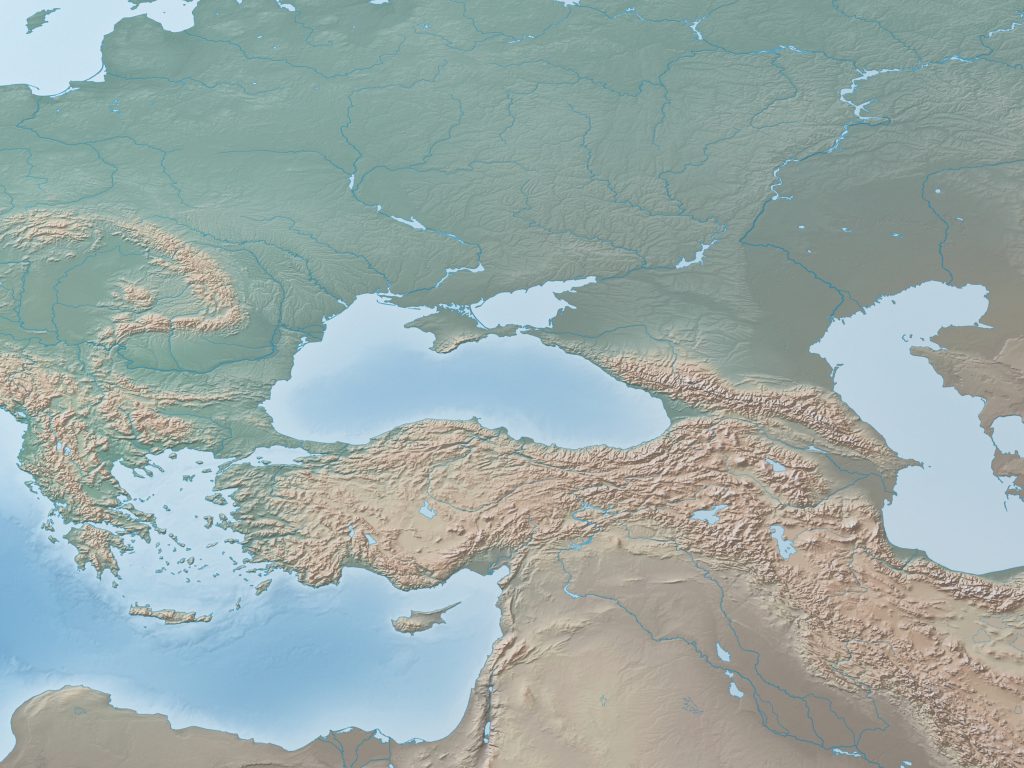
Topographic maps are the unsung heroes of the cartographic world. With their contour lines and elevation data, they bring the third dimension to life on a flat surface. But when artists get their hands on topographic data, the results are breathtaking. They enhance these maps with color gradients and shading, transforming them into mesmerizing landscapes that you can almost feel beneath your fingertips.
These art pieces invite you to imagine the rise and fall of the land, the valleys carved by rivers, and the peaks reaching for the skies. It’s like taking a helicopter ride over the terrain without leaving your living room.
I’ve often found myself lost in the details of a topographic art piece, tracing the lines and imagining the adventures waiting in those undulating terrains. It’s a reminder that there’s beauty in the elevation and depth of our world, not just its surface.
4. Ancient Maps, Modern Twist
Ancient maps have a certain magic to them—they’re windows into how our ancestors saw the world. But when contemporary artists reinterpret these old maps, they breathe new life into them. They might infuse them with modern aesthetics or juxtapose them with current geographical data, creating a dialogue between past and present.
One piece that sticks in my mind is a medieval map reimagined with neon colors. It was a striking contrast that made me chuckle and ponder the unchanging nature of exploration and discovery.
These art pieces are like time machines, showing us not only where we’ve been but also where we might go. They preserve the charm of ancient cartography while reminding us that every map has a story that transcends time.
5. Celestial Maps Reimagined
Explore the universe's wonders with The Sky Atlas. This book features captivating maps, myths, and discoveries.
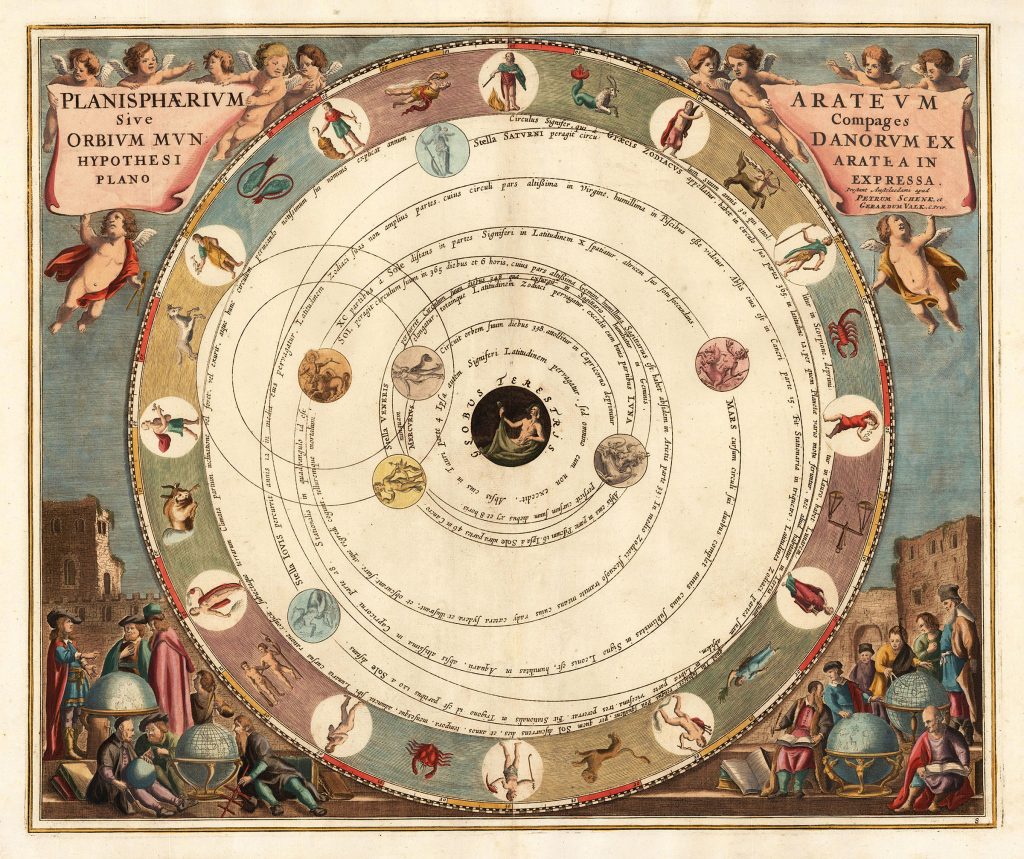
Celestial maps are a whole different ball game. They map the stars, planets, and constellations, offering a glimpse into the vastness of the cosmos. But when artists reimagine these celestial charts, they create something that feels both ancient and futuristic. They might use unconventional colors or abstract designs to represent the night sky, making us see the heavens in a new light.
There’s a romanticism in these pieces that’s hard to ignore. They remind us of the time when we navigated by the stars and saw myths in the constellations.
These maps are not just about the science of astronomy; they’re about the poetry of the night sky. They connect us to the universe in a way that’s both humbling and inspiring, showing us our place in the grand scheme of things.
6. Nautical Charts as Decor
Understand nautical charts with U.S. Chart No. 1, 13th Edition. This guide decodes symbols, abbreviations, and terms used on both paper and electronic navigational charts.
Nautical charts are the bread and butter of sailors and sea captains—but who said they can’t be stylish? Artists have taken these practical tools and turned them into chic decor pieces. They often retain the original detail and accuracy but add artistic flair that makes them perfect for adorning the walls of beach houses or the offices of maritime enthusiasts.
It’s like the artist is saying, “Sure, this chart can help you navigate the high seas, but it’ll also look smashing on your wall.” It’s a clever repurposing that gives these charts a second life.
These pieces are a nod to the romance of the sea and the allure of adventure. They’re a perfect blend of form and function, proving that practicality doesn’t have to be boring.
7. Cartographic Collages
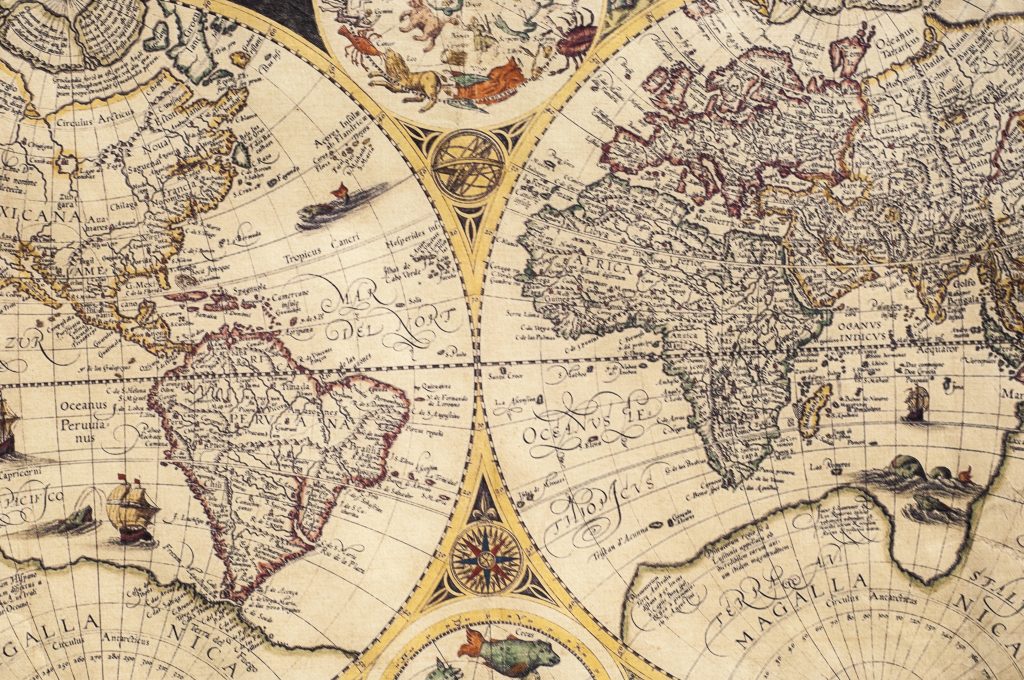
Cartographic collages are where artists let their imaginations run wild. They might take snippets from different maps and piece them together to create something entirely new. It’s a mix-and-match approach that can result in surreal landscapes or thought-provoking commentaries on borders and territories.
I once saw a collage that depicted a city as a living organism, with maps of different neighborhoods forming its organs. It was a powerful metaphor for the interconnectedness of urban life.
These pieces are playful yet profound, challenging our perceptions of place and space. They encourage us to think about the stories behind the maps and the arbitrary lines we draw in our world.
Understanding Cartographic Aesthetics
To truly appreciate cartographic art, it’s essential to understand the aesthetics behind it. This isn’t just about pretty pictures; it’s about the meticulous balance between accuracy and creativity. Cartographic artists must understand the technical aspects of mapmaking to bend the rules effectively.
The aesthetics of cartographic art are also about the intentional use of color, line, and form to convey meaning and evoke emotion. It’s the difference between a map that simply shows you the way and one that takes you on a journey.
When you look at a piece of cartographic art, pay attention to the choices the artist made. What did they emphasize or omit? How do the colors and shapes work together? These elements are the language of cartographic aesthetics, and they’re what makes these pieces so captivating.
Where to Find These Art Pieces
If you’re itching to see these cartographic masterpieces for yourself, you’re in luck. Many artists showcase their work online, in galleries, or at art fairs. Websites like Etsy and Society6 are treasure troves for finding unique cartographic art pieces, while Instagram is a goldmine for discovering new artists.
For the more historically inclined pieces, museums and special exhibitions often feature ancient maps with a modern twist. And let’s not forget about the local art scene—many cities have artists who specialize in cartographic art, so keep an eye out for exhibitions in your area.
Remember, when you buy a piece of cartographic art, you’re not just buying a map; you’re buying a story and a piece of the artist’s vision of the world. So, go on, and start exploring!
Conclusion: The Map as a Muse
Maps have long been tools for navigation and understanding our world, but in the hands of artists, they become so much more. They transform into canvases that invite us to see the familiar in unfamiliar ways, to ponder the stories etched into the fabric of our planet. Whether it’s through watercolor landscapes, urban tapestries, or celestial wonders, cartographic art pieces are a testament to human creativity and our enduring fascination with the world around us.
In the end, cartographic art is more than just a blend of geography and aesthetics—it’s a celebration of perspective, a way of seeing the world through the eyes of those who dare to dream in lines and colors. So next time you look at a map, think of it not just as a guide, but as a muse, inspiring a world of stunning art waiting to be discovered.===
